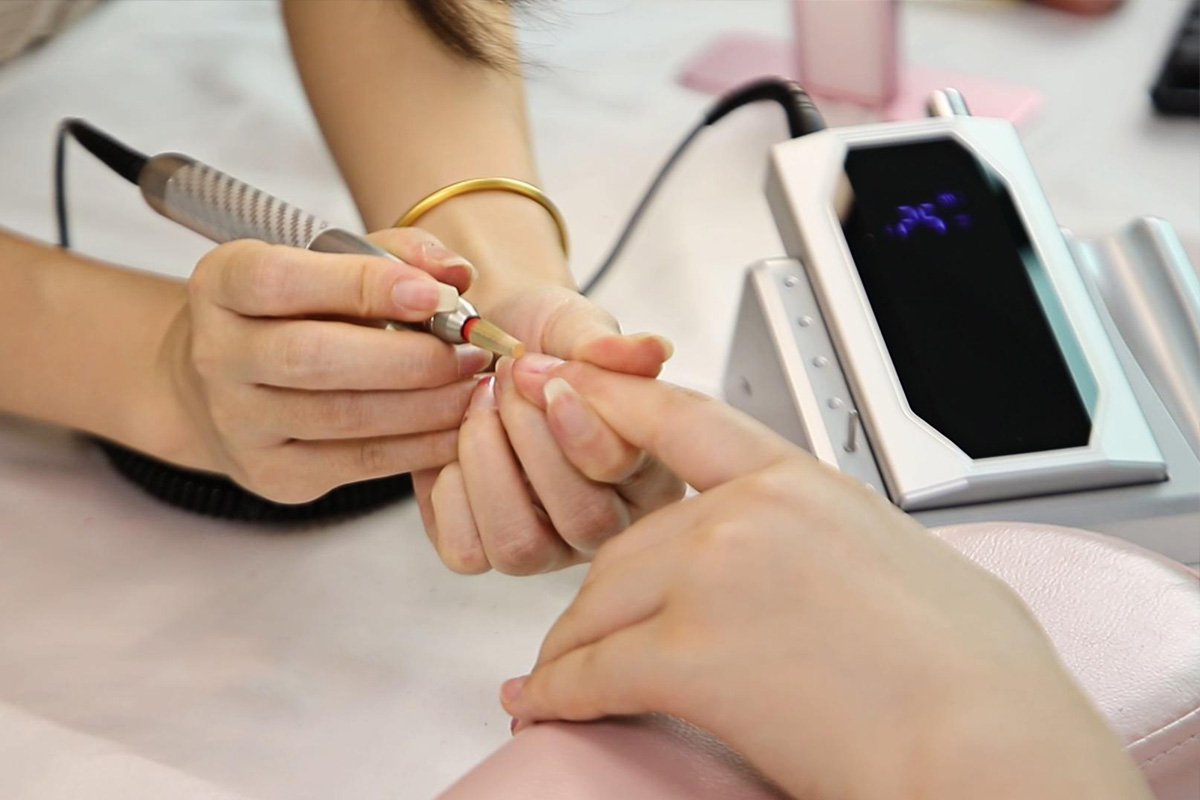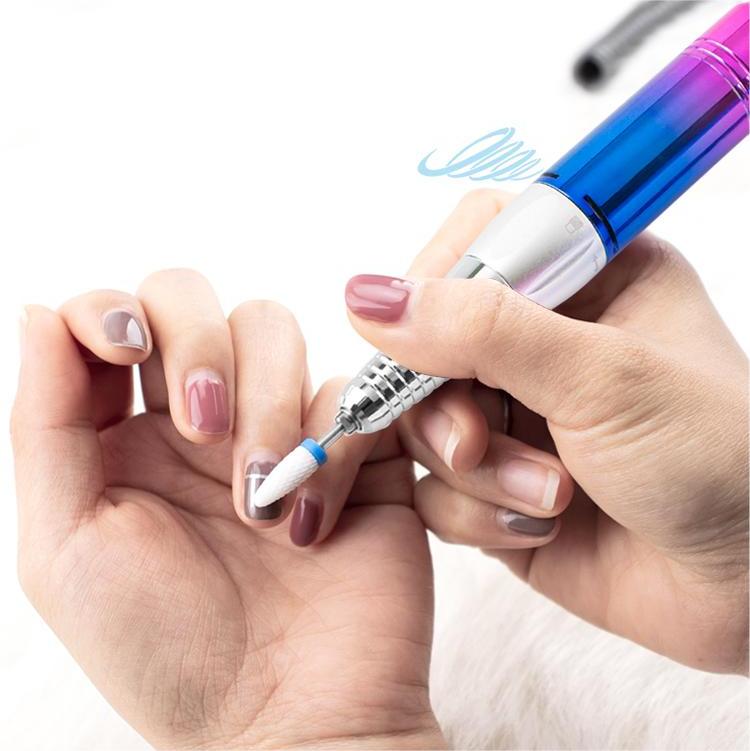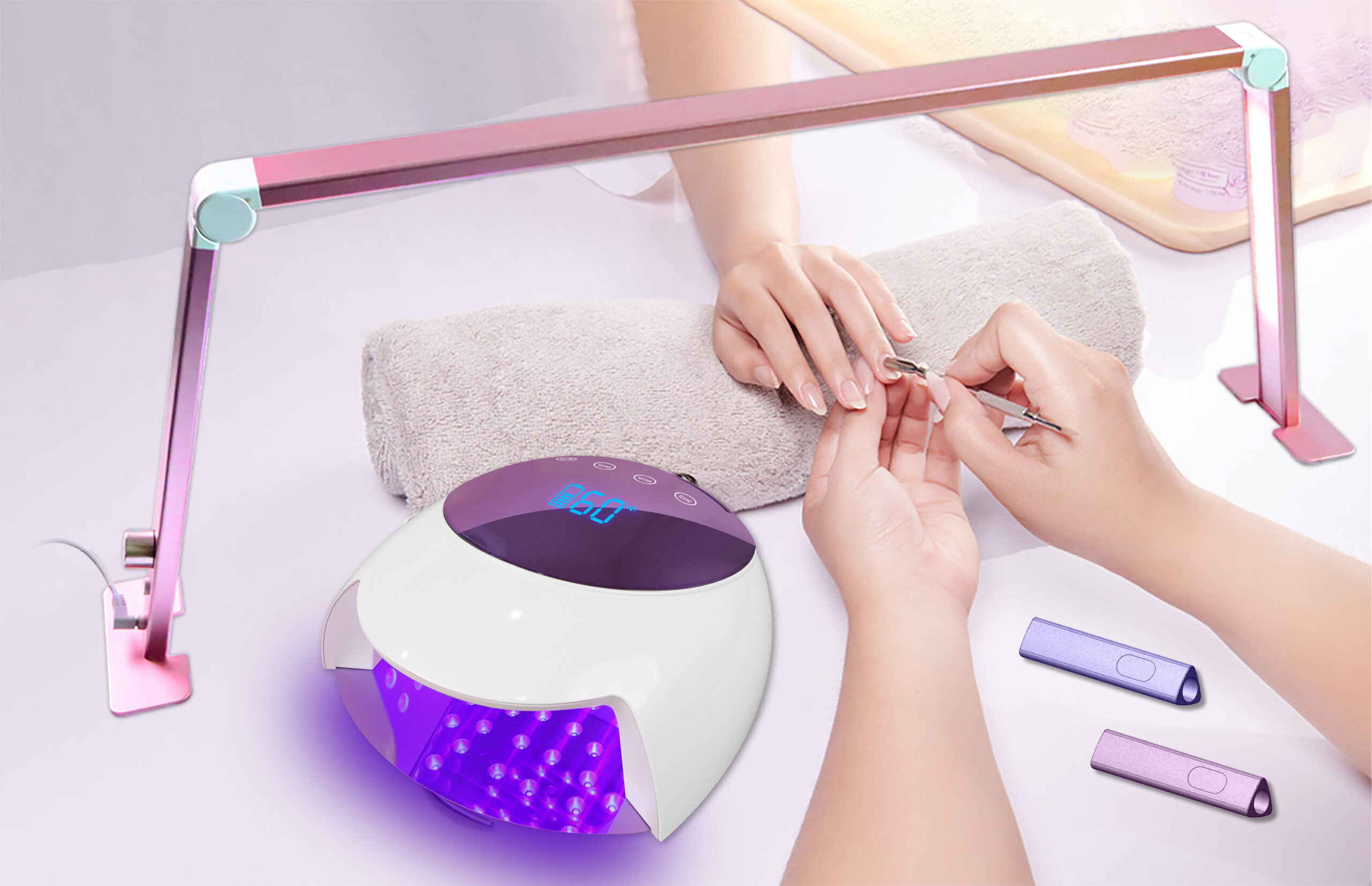
Perfecting Nail Art: The Effectiveness and Care Tips for Using Nail Drills
Nail drills, also known as electric nail files or e-files, are powerful tools that have revolutionized the nail care industry. They are widely used by professional nail technicians and home users alike to achieve flawless nails. In this article, we will explore how nail drills enhance the quality of nail care, the essential post-care tips for maintaining healthy nails after using a nail drill, and best practices to achieve the best results with a nail drill.




